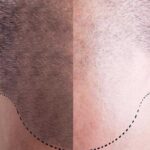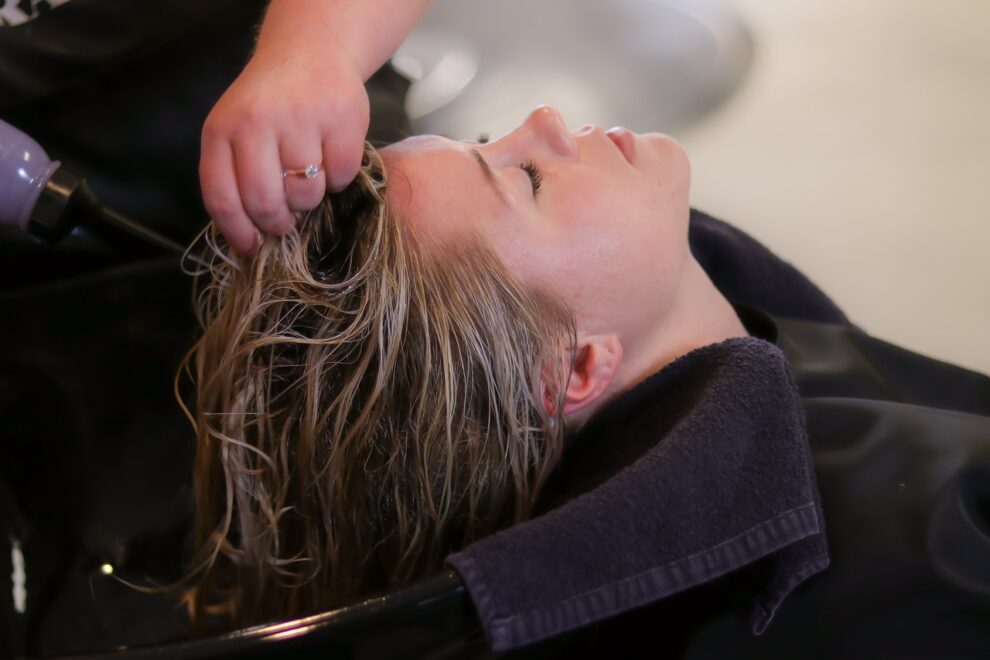A hair transplant is a surgical procedure designed to treat hair loss by relocating hair follicles from one part of the body, known as the donor site, to bald or balding parts of the body, known as the recipient site. This procedure is most commonly used to treat male pattern baldness. Still, it can also be applied to restore eyelashes, eyebrows, beard hair, and chest hair and to fill in scars caused by accidents or surgery such as face-lifts and previous hair transplants. Hair transplants are popular for those seeking a permanent solution to hair loss instead of temporary measures such as wearing wigs or hairpieces.
If you’re considering a hair transplant, it’s crucial to familiarize yourself with the procedure’s fundamental aspects before setting a date for your treatment. This article aims to equip you with all the necessary information about hair transplant surgeries before you decide to proceed.
8 Important Things to Know About Hair Transplant
1. Is Hair Transplant a Safe Procedure?
Hair transplant involves the removal of hair, along with its follicles and roots, from a region of the scalp with healthy hair growth, known as the donor site, and its transplantation to an area lacking hair, known as the recipient area. This procedure is performed by a hair restoration doctor and is considered a non-invasive surgical procedure. It requires minimal incisions or sutures and typically takes a few hours to complete. Besides the scalp, a hair transplant can also be utilized to restore hair in other areas of the body, such as eyebrows, eyelashes, etc.
2. Is a Hair Transplant Permanent?
Absolutely. The transplanted hair maintains its growth permanently throughout one’s life. It remains thick and does not shed after the transplantation procedure. You can select the FUT or FUE method, which involves extracting hair grafts from the donor area, which is typically an unaffected part of the scalp. An advanced technique such as AHI (Advanced Hair Implantation) is also available, notably offered at RichFeel Clinics in India, in partnership with the Ailesbury Hair Clinic based in London.
3. Is Hair Transplant Procedure Painful?
Undergoing a surgical procedure naturally involves discomfort, but measures are in place to prioritize comfort and expedite recovery. The choice of technique and the proficiency of the surgeons greatly influence the overall experience.
Opting for a specialized clinic with highly skilled surgeons and access to advanced techniques, like the AHI method for hair transplant, can significantly enhance your experience. This cutting-edge approach ensures a swift return to normal activities, often within just three days.
Additionally, it’s crucial to assess the modernity and hygiene standards of the operating room. Inquire about the cleanliness protocols implemented to uphold the sterility and safety of the surgical environment.
4. Who Should Not Opt for a Hair Transplant?
There’s no specific age limit if you’re medically cleared for the procedure. However, according to Indian regulations, individuals under 18 years old require consent from a parent or guardian. Additionally, smokers are ineligible for surgery and must cease smoking entirely for a minimum of 2 weeks before the procedure.
5. Are There Any Side Effects of Hair Transplant?
Hair transplant surgery is generally associated with minimal to no side effects.
However, it’s important to note that this procedure cannot effectively treat hair loss stemming from a genetic disorder. Therefore, individuals with such conditions may still experience ongoing hair loss post-surgery. Nonetheless, this can be managed with recommended hair care treatments and advice.
While hair transplants are considered invasive, they typically result in only a temporary and minor scar. This scar tends to fade completely throughout 8 to 10 months following the surgery.
6. Is It Possible to Use Body Hair for Hair Transplant Procedures?
Body hair from various regions, such as the chest, beard & underarms, possesses distinct characteristics, including length, growth rate, color, texture, and thickness. However, scalp hair generally grows shorter than body hair, which may not be aesthetically ideal for transplantation. Additionally, there are limitations on the number of grafts that can be harvested from body areas, and the survival rate of transplanted body hair on the scalp could be more optimal.
7. When Will the Final Results of Transplanted Hair Become Visible?
You can expect to see initial follicle growth around 2-3 months post-surgery, with the final results typically becoming apparent within 10-12 months.
8. Will I Need Lifelong Medication Following Hair Transplant Surgery?
No, it’s usually unnecessary to take medication after a hair transplant as the transplanted hair is permanent. However, it’s important to note that the transplant addresses existing bald patches, and there may still be ongoing hair loss in the non-transplanted areas, particularly in the frontal region. Therefore, it’s essential to implement efforts and treatments to maintain the overall health of the remaining hair.
The Bottom Line
Before considering a hair transplant surgery, it’s imperative to grasp critical factors influencing the procedure’s success and your satisfaction with the results. Moreover, being aware of advanced techniques like robotic hair transplant surgery can offer enhanced precision and efficacy. Recognizing the limitations of hair transplant surgery, especially in addressing genetic hair loss comprehensively, is also crucial. By being well-informed about these aspects, individuals can confidently approach their hair restoration journey, knowing they’ve considered all relevant factors for the best possible outcome.














Add Comment